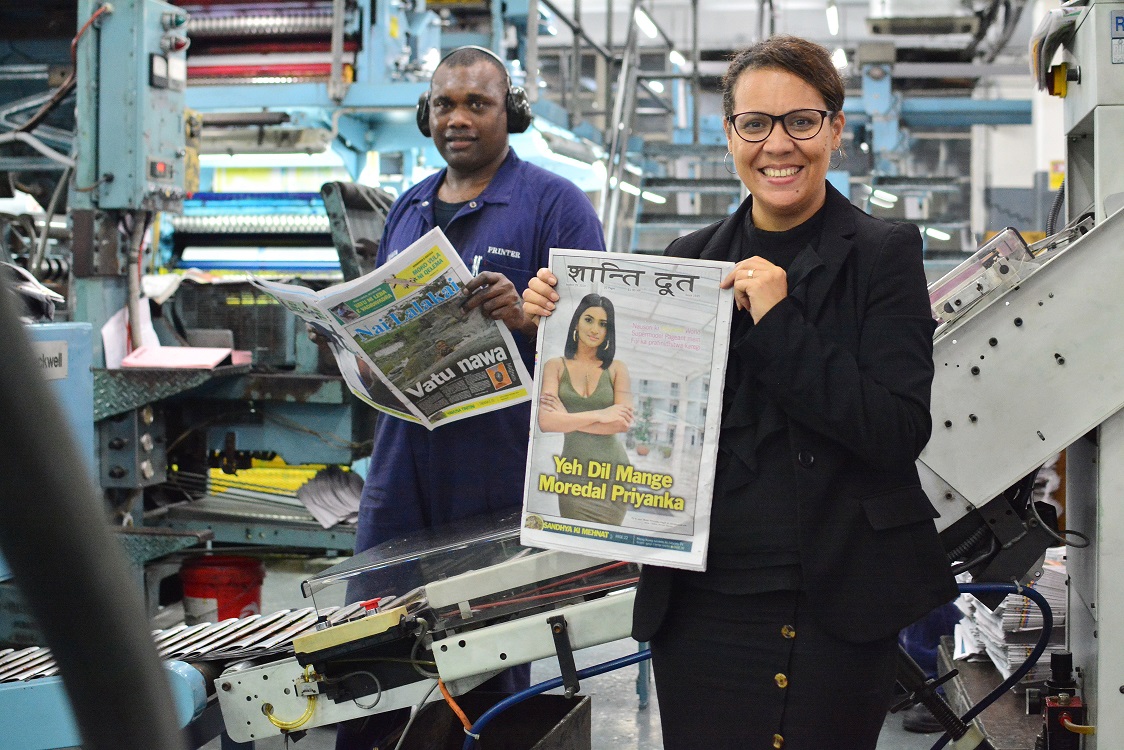THE United Nations has made a concerted effort to promote languages.
On the UN’s Department of Economic and Social Affairs website, languages, it states, play a crucial role in our daily lives.
“They are not only our first medium for communication, education and social integration, but are also at the heart of each person’s unique identity, cultural history and memory.
“The ongoing loss of indigenous languages is particularly devastating, as the complex knowledge and cultures they foster are increasingly being recognised as strategic resources for good governance, peace building, reconciliation and sustainable development. More importantly, such losses have huge negative impacts on indigenous peoples’ most basic human rights.”
It stated an international year was “an important mechanism dedicated to raising awareness of a topic of global interest and mobilising different players for co-ordinated action around the world’.
The United Nations General Assembly adopted a resolution in 2016 (A/RES/71/178), proclaiming 2019 as the International Year of Indigenous Languages.
This was based on a recommendation by the Permanent Forum on Indigenous Issues.
The Permanent Forum had expressed concern that “40 per cent of the world’s estimated 6700 languages were in danger of disappearing— the majority belonging to indigenous peoples”.
The IYIL 2019 will strive to preserve, support and promote indigenous languages at the national, regional and international levels.
Today we relaunch the two vernacular newspapers — Shanti Dut and Nai Lalakai.
Readers will notice a change in the Shanti Dut.
While we retain the Devanagari font, we have included standard Hindi in Roman font as well, adding a new dimension to the newspaper.
We realise change may not be easily accepted, but change we know, is inevitable.
As Fiji Times Pte Ltd general manager designate Christine Lyons said, as the company celebrates its 150th year of providing Fiji with independent news, a decision was made to relook at, and revamp the vernacular newspapers.
There was a need to focus on the changing needs of its readers.
A survey touched on issues relevant to its readership base.
Obviously we had to take into account a challenge for many Fijians of Indian descent who could not read the Devanagari alphabet.
Thus the decision to incorporate the Roman alphabet in the Shanti Dut.
You will notice a change in layout and design, and content. We can only hope that the two newspapers will continue to add value to the vernacular languages in our nation.
As Ms Lyons has pointed out today, the company is extremely proud and excited to relaunch the Nai Lalakai and Shanti Dut on its 150th year.
“Shanti Dut and Nai Lalakai for decades have been the main stay for generations of vernacular readers across Fiji,” she said.
“This relaunch is also about staying ahead of the rapidly evolving media landscape. The vernaculars keep us relevant as a credible news source for our vernacular audience.”



